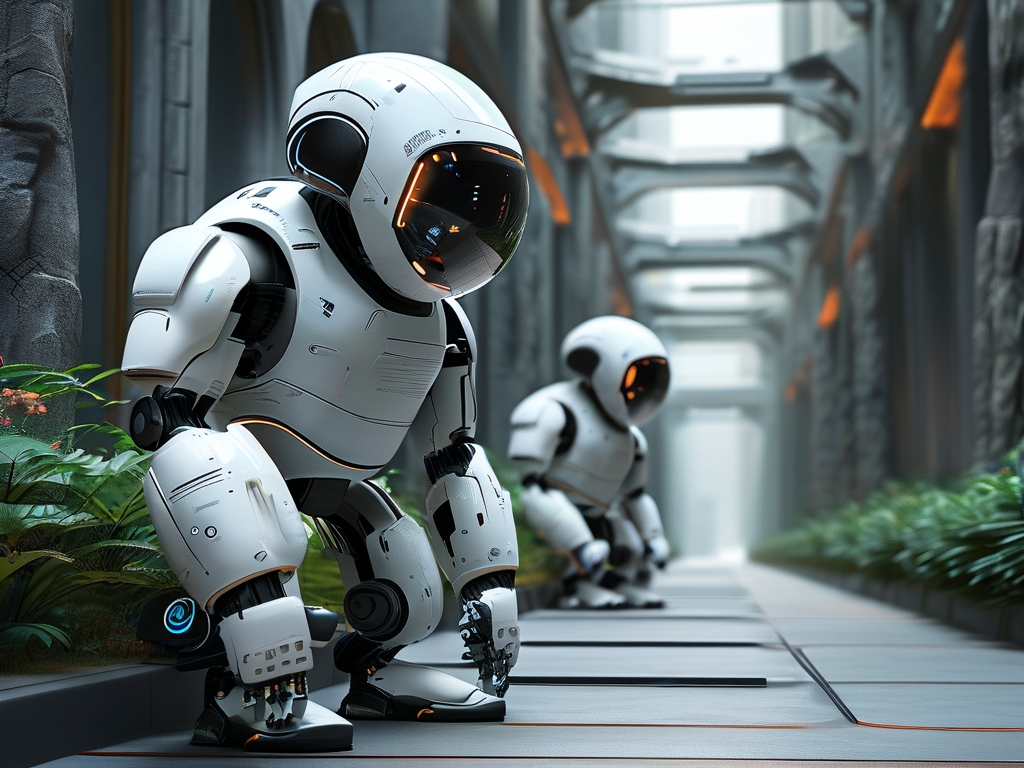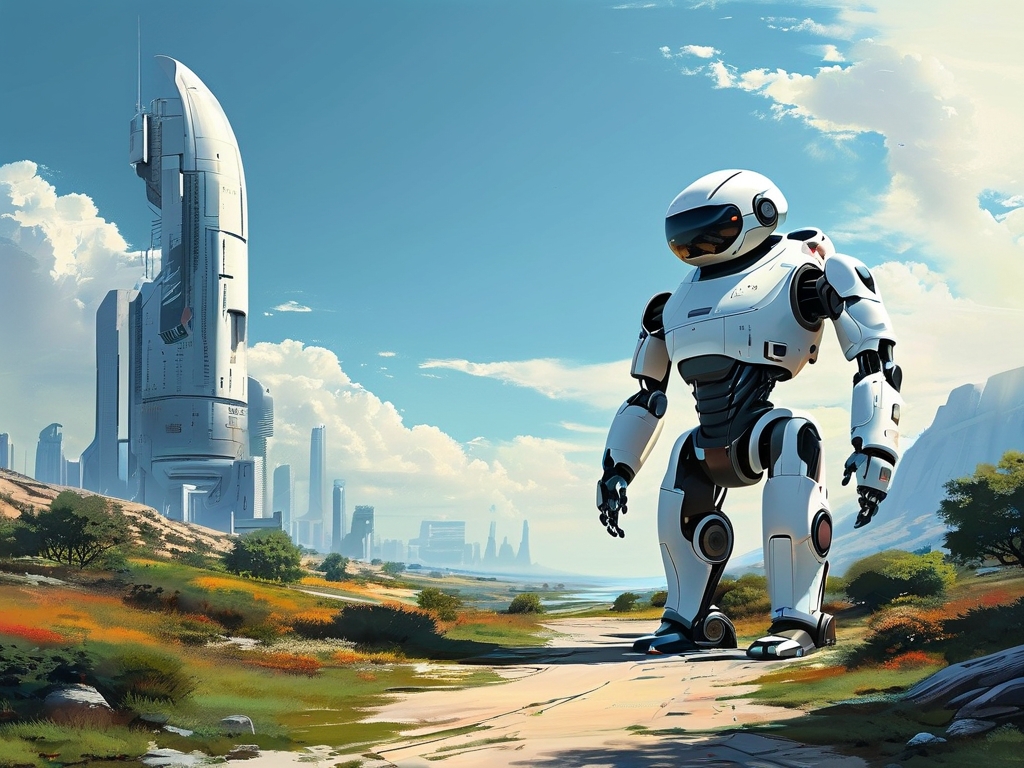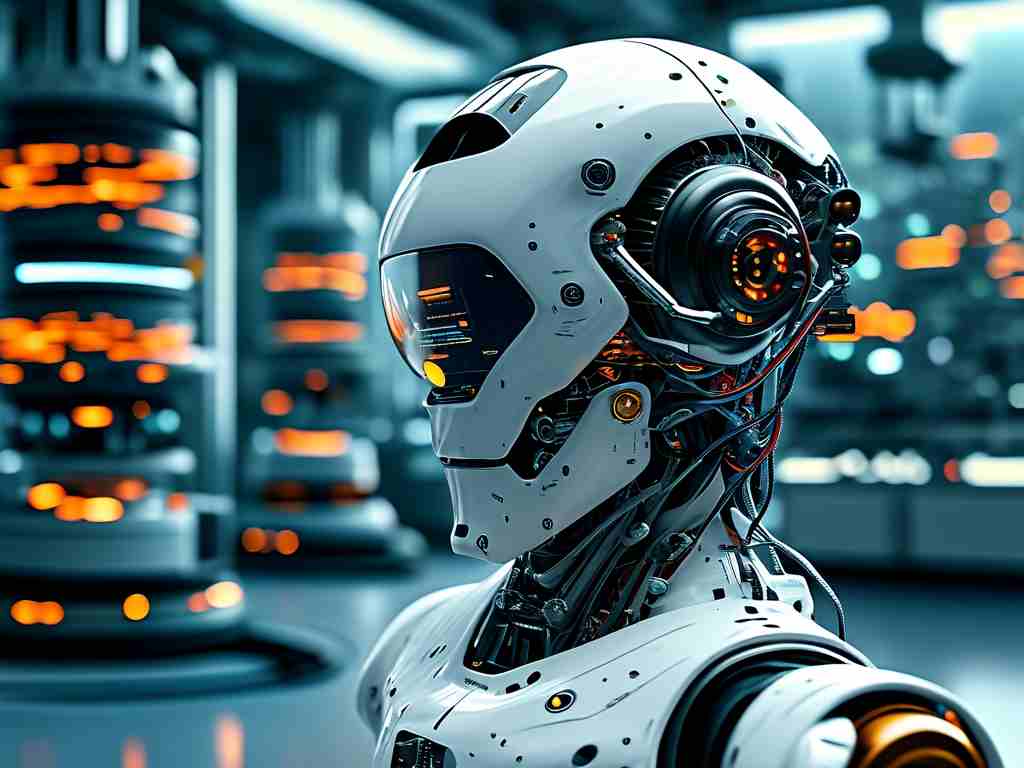As humanity stands at the crossroads of technological revolution, robotics emerges as a transformative force reshaping industries and daily life. This article explores the critical technological pathways that will define robotic development over the coming decade, emphasizing innovations that bridge current capabilities with futuristic visions.
Interdisciplinary AI Integration
The fusion of robotics with advanced artificial intelligence systems marks a pivotal shift. Unlike traditional programmed machines, next-generation robots leverage multimodal learning architectures capable of processing visual, auditory, and tactile data simultaneously. Researchers at MIT's Embodied Intelligence Lab recently demonstrated a kitchen-assist robot that adapts cooking techniques by analyzing chefs' verbal instructions and utensil-handling patterns—a leap toward contextual awareness. Such systems rely on neuromorphic computing chips that mimic neural networks, enabling real-time decision-making with 30% lower energy consumption than conventional processors.
Material Science Breakthroughs
Emerging metamaterials and self-healing polymers are redefining robotic durability. The University of Tokyo's "BioSkin" project showcases artificial muscle fibers that regenerate microscopic tears through temperature-responsive hydrogel layers. Combined with 4D-printed components that alter shape under specific stimuli, these advancements enable robots to operate in extreme environments—from deep-sea exploration to extraterrestrial missions. Lockheed Martin's Mars rover prototype employs shape-memory alloy joints that withstand temperature fluctuations from -120°C to 70°C without mechanical failure.
Human-Robot Symbiosis
The boundary between human and machine continues to blur through brain-computer interfaces (BCIs). Neuralink's latest trials reveal paralyzed patients controlling robotic limbs via implanted electrodes with 95% movement accuracy. Parallel developments in haptic feedback systems, like Tesla Optimus's tactile sensors, allow robots to handle fragile objects with 0.1-newton force precision—surpassing human tactile sensitivity. Ethical frameworks are evolving alongside these technologies, with the EU Commission drafting legislation mandating "emotional intent disclosure" for social robots interacting with children or elderly populations.
Decentralized Swarm Intelligence
Inspired by natural phenomena like bird flocking, swarm robotics leverages distributed algorithms for collaborative problem-solving. Harvard's Kilobot project demonstrates 1,000 coin-sized robots constructing 3D structures through localized communication. Industrial applications are emerging: Siemens deployed aerial drone swarms for factory inventory checks, reducing inspection time by 78% compared to manual methods. This approach proves particularly valuable in disaster response, where heterogeneous robot teams—combining ground units and UAVs—recently mapped earthquake-damaged areas in Turkey within 12 hours, accelerating rescue operations.
Energy and Sustainability Convergence
Autonomous robots are becoming crucial players in green technology. Solar-powered agricultural bots developed by John Deere optimize crop harvesting routes using satellite weather data, cutting fuel usage by 40%. Meanwhile, Ocean Cleanup Project's waste-collecting aquatic robots employ hydrodynamic machine learning to differentiate marine life from plastic debris with 99.3% accuracy. The shift toward modular design allows component upgrades without full system replacement, aligning with circular economy principles.

As these technological streams converge, they create compound advancements. A surgical robot integrating swarm intelligence algorithms and BCIs could enable remote operations with submillimeter precision, while construction bots using self-healing materials might autonomously repair infrastructure. However, challenges persist in cybersecurity for interconnected robotic networks and public acceptance of autonomous systems. The World Economic Forum forecasts that 43% of manufacturing tasks will involve human-robot collaboration by 2030—a transition requiring workforce reskilling and regulatory agility.
The robotics revolution isn't about replacing humans, but augmenting capabilities. From personalized education companions adapting to learning styles to disaster-response bots saving lives in inaccessible zones, the technology roadmap prioritizes symbiotic coexistence. As innovators address energy efficiency, ethical governance, and adaptive intelligence, robots will evolve from specialized tools into dynamic partners in humanity's progress—ushering in an era where machines don't just follow instructions, but comprehend intentions.










